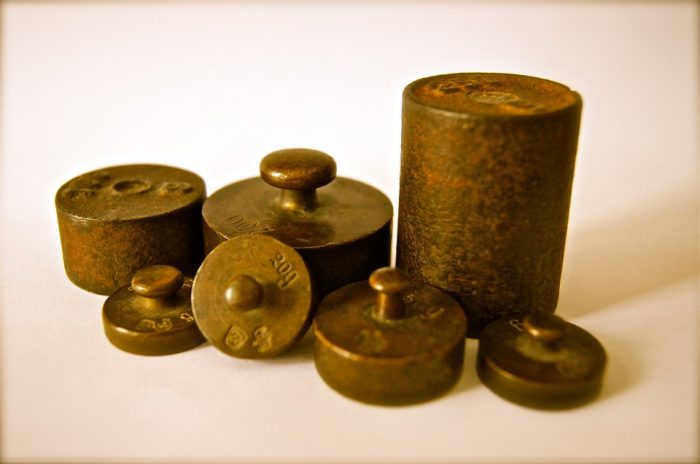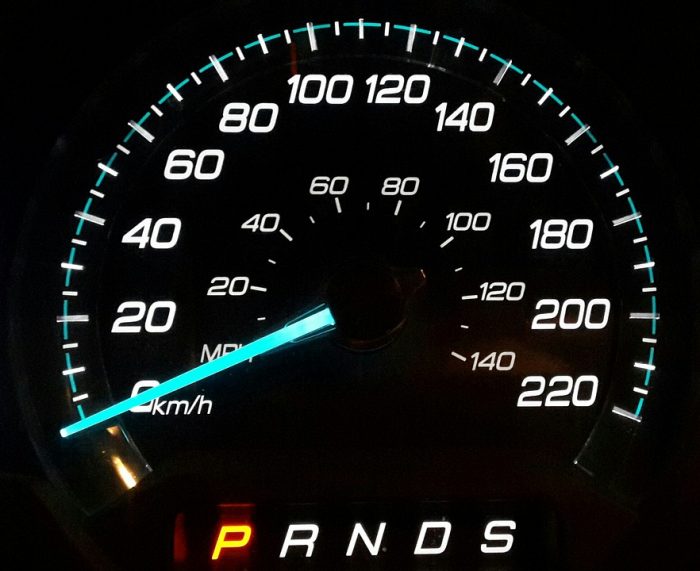
Need to understand how to convert between metric and other forms of measurement like the Imperial system? Conversion charts, such as those found here, can help you convert between these different forms of measurement. You can also learn formulas which you can use to carry out conversions between metric units and other units of measurement.
Let’s take a look at some examples of converting between metric and Imperial or US Customary measurement units, first laying the groundwork for these conversions by going over the different measurement systems in more detail.
Understanding The Metric System
The metric system is a system of measurement based on the number 10, and it is the most commonly used system of measurement in the world. The metric system is also referred to as the International System of Units or SI system. Thanks to how versatile yet easy to use the metric system is, it can be applied to both everyday uses, such as measuring a person’s height or the weight of a bag of fruit or for use in the sciences or trading.

Photo: weinstock via Pixabay, CC0
The metric system uses a set of base units that the definition of other units is centered upon. These base units include the second for time measurement, the kilogram for units of mass, and the meter for measurements of length. The rationale behind the creation of the metric system was that having a base-10 system of measurement would be easier to use than other measurement systems, such as the Imperial system. The metric system is said to be a coherent system, meaning that factors which are not already used in the relation of quantities with one another are not introduced when converting.
The definitions used for measurements in the metric system were once based off of natural phenomenon or man-made artifacts. Such an example is the kilogram, which was at one time based off of the man-made kilogram though it is now based off of a physical constant, Planck’s constant.
Because the metric system is so widely used, the British Imperial system, as well as the US customary system, have been redefined in terms of their relation to measurements in the metric system. For instance, the definition of yards in both the US customary system and Imperial system is given in meters.
Base Units Of The Metric System

Photo: Pexels via Pixabay, CC0
Let’s take a look at the base units within the metric system, as these are the units that will be converted into measurements in either the British Imperial system or the US Customary system. For instance, one thousand meters make a kilometer.
The metric system uses the meter to measure length, the kilogram for measurements of mass, the ampere when measuring electromagnetism, the mole for quantities, the candela for luminous intensity, Kelvin for temperature, and the seconds for time measurements.
These of the main units of measurement, but there are additional derived units used within the metric system, used primarily in the sciences. Electromagnetic quantities are frequently given in units such as volts and ohms and there are six other units which measure electromagnetic quantities in addition to ohms and volts. Mechanical quantities can be measured using pascals, joules, newtons, or watts. Radioactivity is measured with five different units: the becquerel, gray, lux, lumen, and sievert. Spherical surfaces and circular arcs are measured using radians and steradians. There are also three miscellaneous units used to measure various properties of the natural world such as the use of hertz in measuring cycles per second, the use of katals when measuring enzymatic activity, and the use of Celsius when measuring thermodynamic temperature.
The British Imperial System
The British Imperial system is a system of units created in 1825 and used by many countries within the former British Empire. Most of the countries that once use the British Imperial system now use the metric system, but the British Imperial system still sees some use in the UK as well as in other countries. Since the British Imperial system is defined by metric units, many places that use the Imperial system list metric units alongside the Imperial units. In the United Kingdom, the Imperial system is still the standard system of measurement for certain tasks such as the sale of cider and draft beer, the labeling of road signs, and the packaging certain food products. Realtors often list spaces of industrial units and offices in square feet, and steel pipes are frequently sold in inches.
Outside the United Kingdom, other countries which utilize the Imperial system include India, Canada, Australia, New Zealand, and the city of Hong Kong. While most official as measurements are made using the metric system in India, informal measurements are frequently still made using the Imperial system. Body temperature, in particular, is often reported using units of Fahrenheit. House sizes are also sometimes given in square feet as well. Although Australia essentially ended the use of Imperial units, some ciders and draught beers are still sold in Imperial fluid ounces. In New Zealand, Imperial units are frequently used to measure room sizes for vehicles and screen sizes for televisions and computer monitors. Canada frequently makes use of both Imperial measurements and metric measurements.

Photo: LeslieAnneliese via Pixabay, CC0
In terms of units, units used to measure length are typically inches, feet, and miles, with other measurements of distance like furlongs rarely used. Volume measurements are given in fluid ounces, cups, pints, quarts, or gallons, though there is another volume unit called the “gill” it is rarely used. Mass and weight are Typically measured in ounces, pounds and tons.
The US Customary System
The US customary system is a measurement system used primarily by the United States. The US customary system is derived from English units, much like the modern Imperial system. Because both the US customary system and the Imperial system were based on English units, the two measurement systems share many common properties.
Much like the Imperial system, the US customary system uses the inch, foot, yard, and mile. The basic units of measurement are the same between the US customary system and the Imperial system. In general, the exact distance measured by the US customary system and the Imperial system is the same, so they can be used more or less interchangeably. There are a few exceptions, however. The US survey mile and survey thought are defined differently to the traditional foot and mile, the purpose of which is to avoid the accumulation of errors that would occur if they were replaced with their internationally recognized counterparts. While the difference between the international foot and the US foot is only about 2 ppm, this difference can add up and become substantial over great distances, with there being a difference of around 3.2 mm for every mile measured.
In terms of measurements of volume, the cubic measurements, such as cubic foot and cubic mile, are essentially the same between the US Imperial system and the metric system. What differs is the specific volume units – the bushel, gallon, and fluid ounce.
Converting Between Metric To Imperial And US Customary
When converting from the metric to either the Imperial system with US customary system, it is important to keep in mind that although there are similarities between the customary system and the Imperial system, some of their measurements differ. Using the wrong system’s unit when converting will throw off your conversions.
The best way to convert between the metric system and of the system of measurement is to use a conversion chart, like one of these charts found here. However, let’s take a look at some examples of common conversions you may need to make.
Let’s say that you are trying to bake some cakes, and the recipe you are looking at only gives the required amount of milk in liters. If you need one and a half liters of milk to make the cakes you are taking, how many gallons of milk will you need to buy? The answer to this question depends on whether you are converting to Imperial gallons or US customary gallons. If you are converting to Imperial gallons, then you need to divide the number of liters by 4.54. Dividing 1.5 liters by 4.54 gives you 0.32 gallons. In contrast, if you are converting to US customary gallons, then you must divide by 3.785. Diving 3.785 into 1.5 will give you 0.39 gallons.
Let’s say you are ordering a length of fabric, and the units of the fabric are listed in meters squared. If you are purchasing the 30 m² of fabric, how many square feet of fabric will you have? In order to determine the number of square feet of fabric from a given number of square meters, you must multiply the value by approximately 10.76. So when you take 30 m² and multiply it by 10.76, this gives you with 322.91 ft.².








